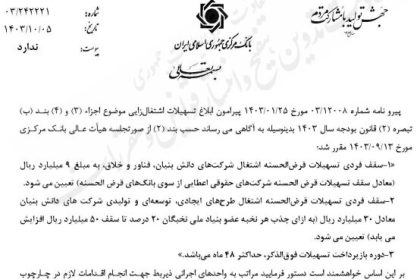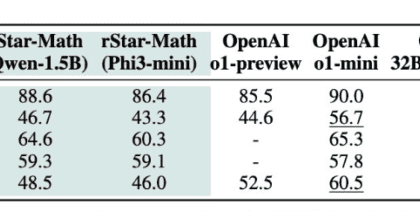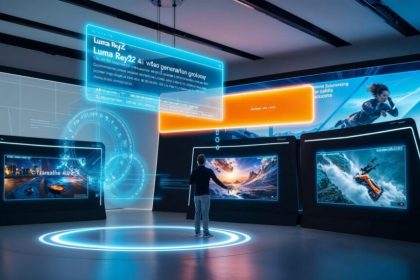Indian IT companies are finally stepping up their game in Generative AI. At the “Manufacturing with Artificial Intelligence” conference held by Meta on October 23 in Bangalore, Infosys announced a partnership with Meta to use the Llama suite. Llama is a collection of large language models and open source tools used to build artificial intelligence solutions in various industries.
As an early adopter of the Llama-3.1 and Llama-3.2 models, Infosys is integrating these models with its in-house AI platform, Infosys Tapaz, to build tools that deliver business value. An example of these tools is the document assistant, which improves the efficiency of contract review using the Llama model.
“We are building solutions for different industries,” an Infosys representative told AIM. For market research, we’ve built a prototype (POC) and internally in the company we’re using different Llama models for our AI-driven journey.” The person added that they are developing other use cases, such as production applications and document summarization.
Infosys has taken these steps after announcing that it is working on small language models for various applications of its customers. In a recent earnings call, Infosys CEO and COO Salil Parekh said, “This is a great approach that leverages various open source components along with a limited set of industry data and Infosys proprietary data sets.”
Interestingly, in March, Jan LeCun, head of Meta AI, revealed that he had met with one of Infosys’ co-founders. He had funded a project based on Llama-2, an open-source model produced by Meta, so that the model could recognize all 22 official languages of India.
In addition, Infosys has strengthened its partnership with Meta and established a “Meta Center of Excellence” to accelerate enterprise AI integration and promote participation in open source communities. This Center of Excellence (COE) will develop skills in the Llama suite, build industry-specific applications, and facilitate customer adoption of generative AI.
In addition, Infosys has also cooperated with Nvidia. The company is integrating NVIDIA AI Enterprise with its Infosys Topaz suite to enable businesses to rapidly implement and integrate generative AI into their business processes.
How competitors use artificial intelligence
Besides Infosys, Nvidia also supports other Indian IT companies. Tata TCS is building AI solutions using Nvidia’s NIM Agents roadmaps for sectors like telecom, retail, manufacturing, automotive and financial services.
TCS solutions include domain-specific language models with NeMo support that can answer customer queries and answer company-related questions across all organizational departments, such as IT, HR, and field operations.
In the second quarter of FY2025, TCS reported more than 600 interactions in the area of generative artificial intelligence (GenAI), a significant increase from around 270 in the previous quarter. Chairman of TCS, “K. Krithivasan explained: “In the last quarter, we only brought 8 projects to the stage of practical use and implementation, but this quarter, the number of implementation projects has increased to about 86.” He considered this rapid growth as a sign of the progress and maturity of artificial intelligence technology in the company.
Wipro, on the other hand, is looking to create an ‘AI-powered Wipro’ that brings efficiency and transformation, with AI-based consulting and massive employee retraining efforts. “Overall, I think generative artificial intelligence (GenAI) is going to have a positive impact for us and for the industry,” Wipro CEO and CEO Seri Nipalye said, adding that the company has invested heavily in GenAI.
“We have trained and certified more than 44,000 employees in the field of advanced artificial intelligence so far,” Palieh said. Also, a large number of employees are actively using artificial intelligence development tools for all of the company’s customers.”
Wipro uses NVIDIA AI Enterprise software, which includes NIM Agent and NeMo roadmaps, to help businesses design customized AI conversational solutions, such as digital humans for customer service interactions.
Meanwhile, Tech Mahindra recently launched its Hindi-focused AI model ‘Indus-2’. This model is called Nemotoron-4-Hindi 4B and its purpose is to strengthen interactions in local languages. So far, the company has retrained 45,000 employees to support its AI roadmap under an internal skills training framework.
As the generative artificial intelligence (GenAI) capabilities grow in the Indian IT industry, companies are looking to explore new opportunities to integrate these advanced tools across sectors. With strong partnerships and extensive investments, the industry is poised for a rapid shift in enterprise AI adoption across the country.
RCO NEWS
















